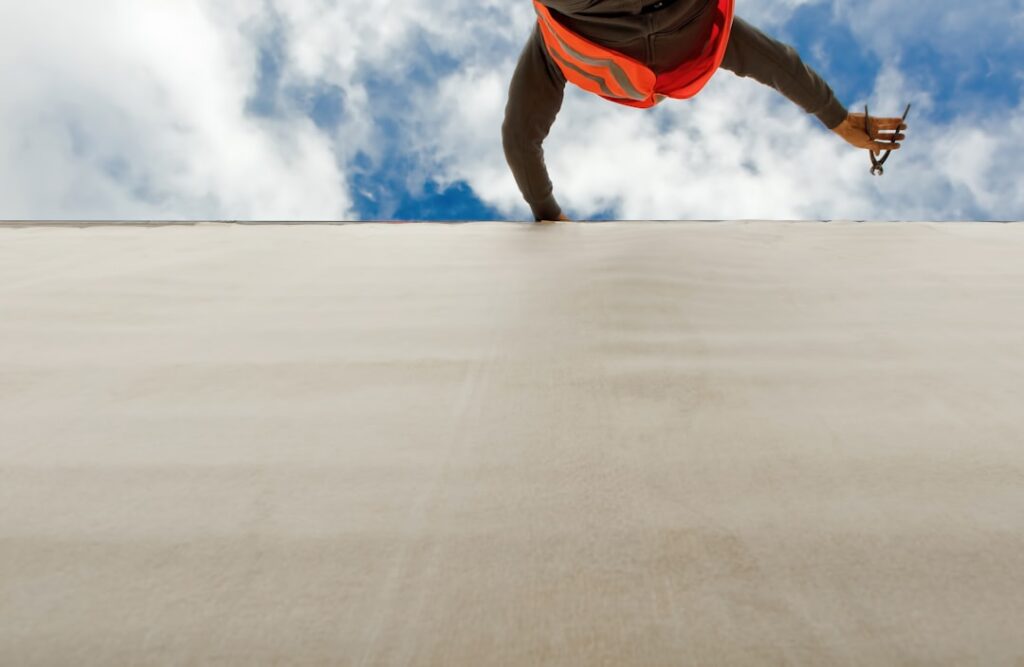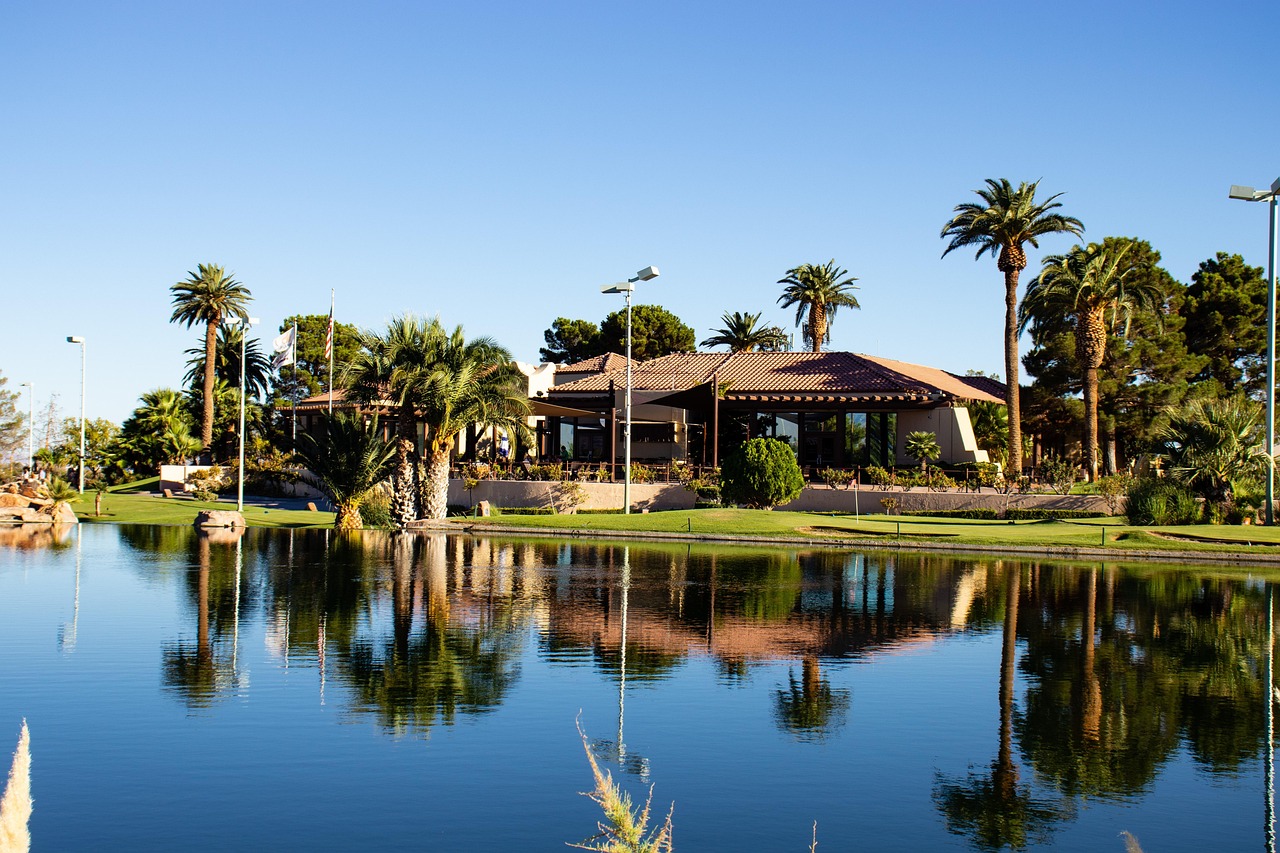
Unlike sheet-based waterproofing systems, liquid membranes are applied as a fluid, allowing them to conform to complex shapes and details without seams or joints. This reduces the risk of leaks and provides a more uniform protective layer. The liquid material typically cures into a rubber-like coating that remains flexible, which helps it withstand structural movement or temperature fluctuations over time.
One of the key advantages of liquid waterproofing membranes is their ease of application. Whether applied by brush, roller, or spray, the process is relatively straightforward and does not require specialized equipment. This makes it a popular choice for both new construction and renovation projects. In addition, it adheres well to a wide range of substrates, including concrete, metal, and wood, enhancing its utility across different building types.
In many commercial and residential projects, contractors turn to liquid membranes for waterproofing rooftops, balconies, foundations, and even below-grade structures. Because the membrane forms a continuous layer, it minimizes weak points where water might penetrate. This quality is particularly beneficial in climates with extreme weather conditions. For a more in-depth look at how this technology is applied in real-world settings, check out this informative overview of liquid applied waterproofing.
Durability is another critical factor. Once cured, the membrane offers long-lasting protection with minimal maintenance. It resists UV rays, chemicals, and abrasion, making it suitable for exposed surfaces as well as those embedded within a structure. Furthermore, some formulations are environmentally friendly, emitting low levels of volatile organic compounds (VOCs), which aligns with green building standards.
Choosing the right type of membrane depends on several factors, including the specific application, environmental conditions, and budget. Professionals often assess these variables to determine the best product and application method. For those exploring options in this field, a helpful place to start is by learning more about innovative waterproofing solutions that meet modern performance standards.
As the demand for resilient and sustainable building materials grows, liquid waterproofing membranes are becoming an increasingly popular choice. Their flexibility, ease of use, and long-term reliability make them a strong investment for protecting structures from water damage. Whether used in commercial developments or home improvement projects, these membranes offer a practical solution that meets both performance and environmental goals.






